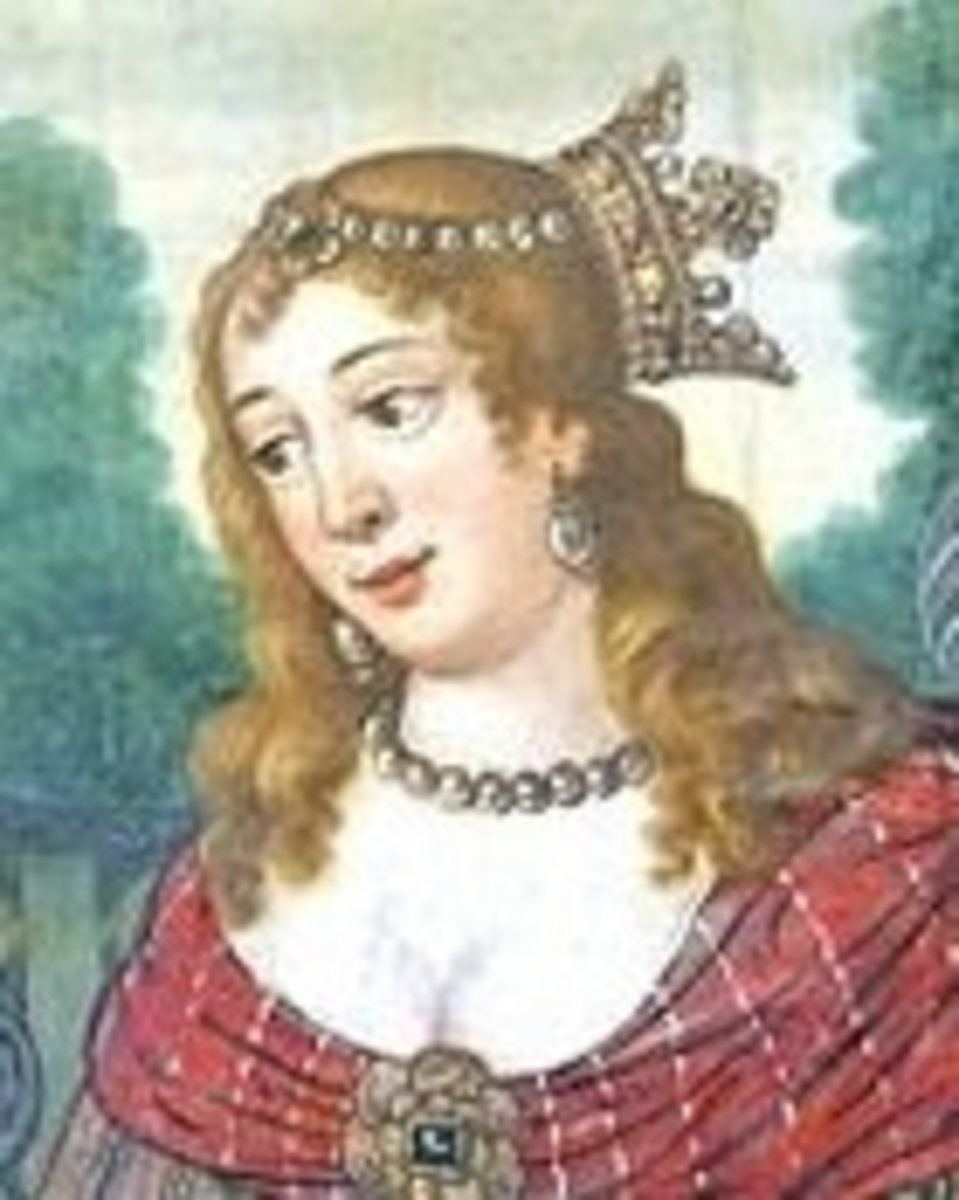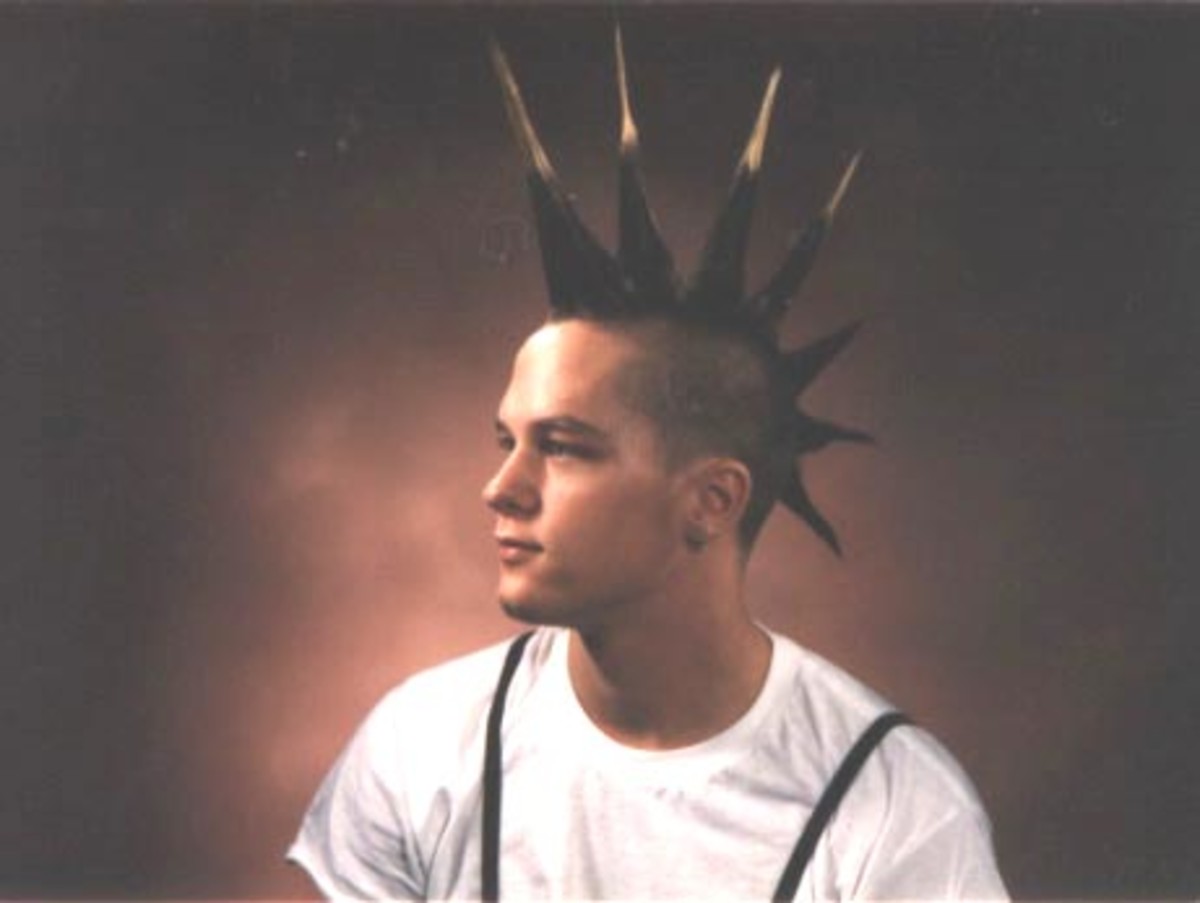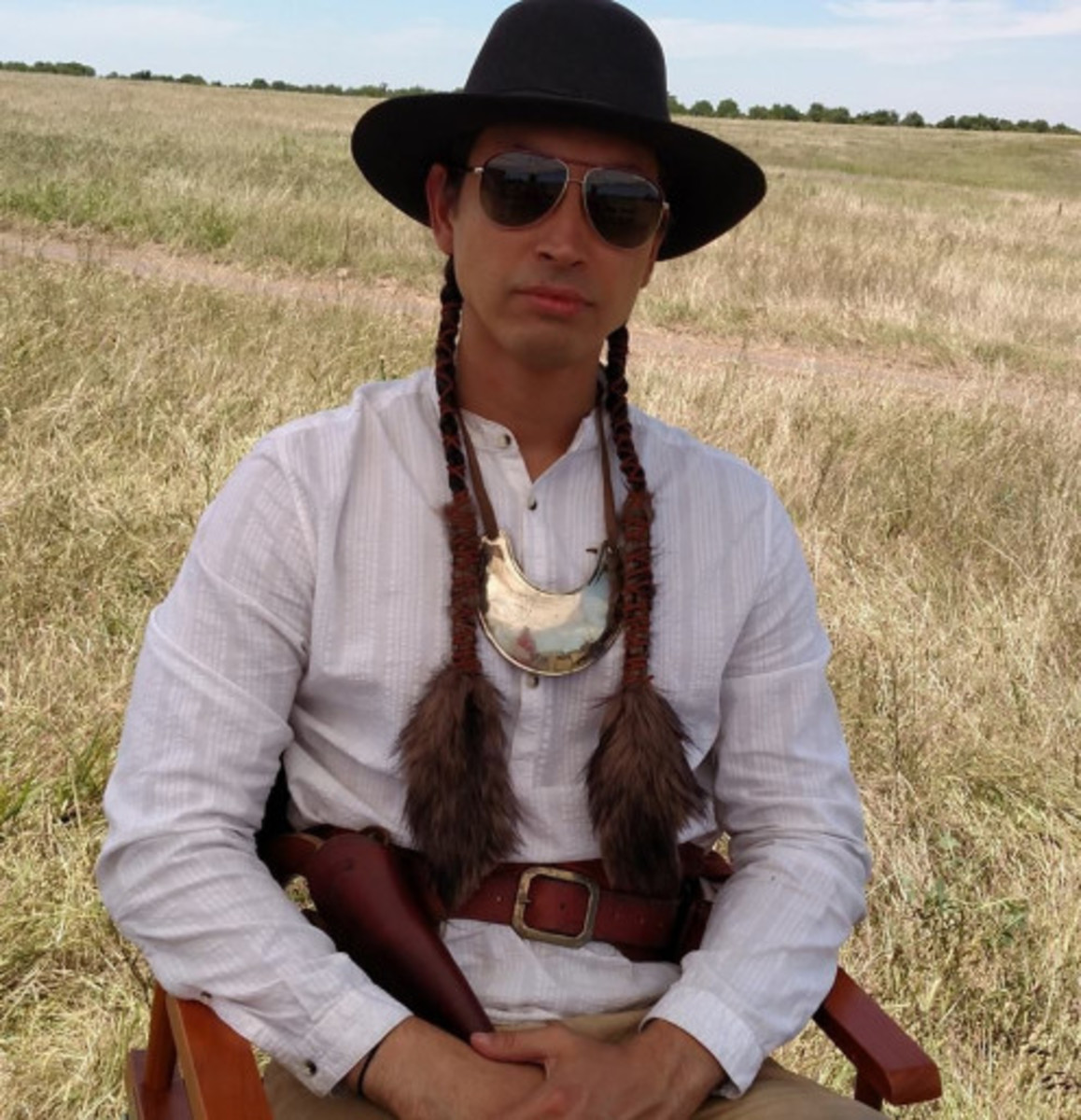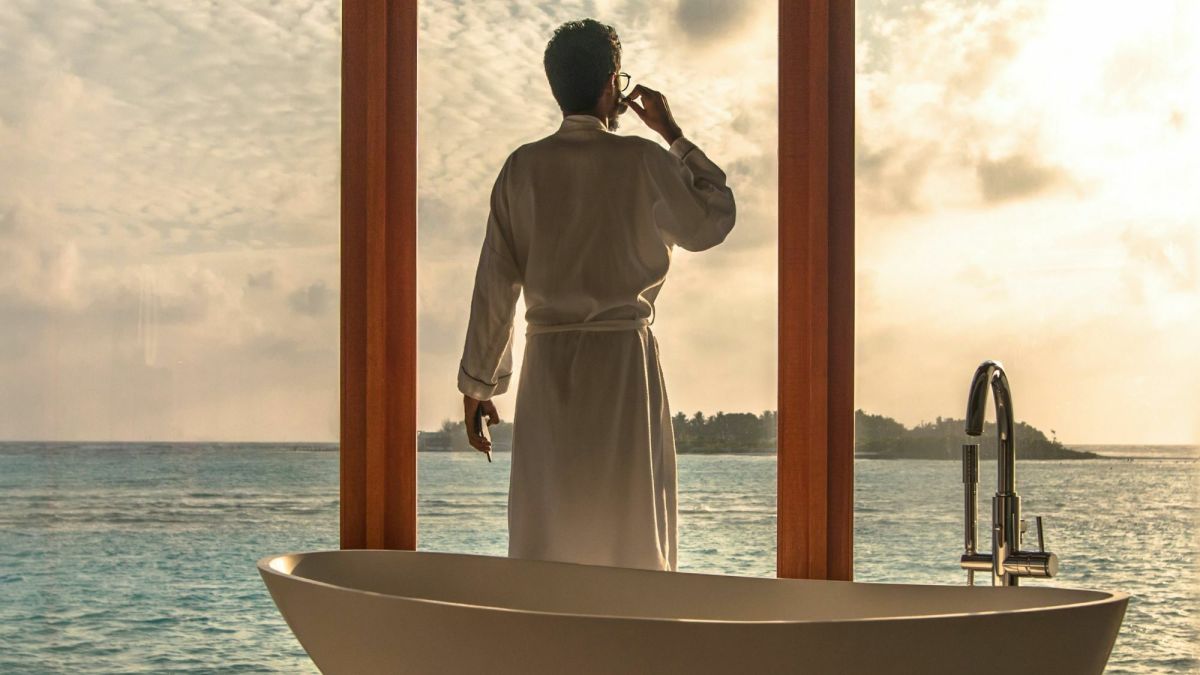Top 5 Mohawk Hairdos in History

The Mohawk Flag, flown by the union, CUPE, in Ontario
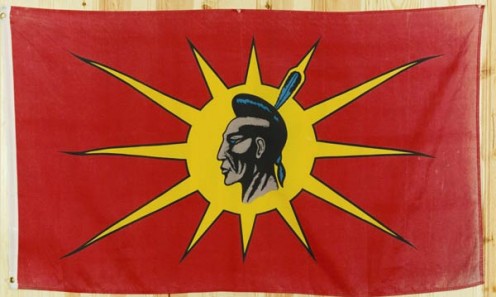

Hair Removal Can Be Difficult
I tried to shave my head and just broke a sturdy pair of scissors getting started. Also, two hair brushes and a comb. How did my Mohawk ancestors achieve the sleek and bristly look that I want so much? Probably with stone and bone knives and large, sharp shell edges before they began using bayonets. The bayonets became available when they helped the British during the American Revolution and found that these blades were multitasking tools. Alton Brown would be proud.
But I give up! As soon as I can get away, I'm, going out of town to the tractor supply store nearby and purchase a sheep shears. That should do, unless my hair stops up the unit and burns out the motor or overheats and starts a fire. Then I could just burn it off, maybe.
I think my hair was an alien experiment -- That's the nature of those prenatal injections for which my mother could not extract an explanation from the "doctor." They resulted in hair that is indestructible and unmanageable at once. Good on atmospheric reentry, though.
Regardless, the Mohawk Nation men shaved their heads completely and left a strip of spiked hair down the center of the skull in order to look fierce in battle.
While I'm fighting this this half-Mohawk, half-alien hair, I'll list the Top 5 Most Famous Mohawks that are somewhere in my family lineup from way back.
Please ignore the sound of the buzz saw I am exploring...
The Lily of the Mohawks
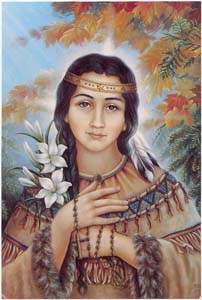
Katen the Blessed and the Green
Kateri was a Mohawk woman beatified by Rome in the third step toward sainthood and particularly noted for her vow of celibacy and named a patroness of the environment, which she loved. She did not, however, remove her hair.
The Wampum Chronicles reported that on April 17, 2008, 328 years after Kateri's death, Monsignor Paul Lenz submitted her Cause for the Canonization application for sainthood to the Vatican. She reportedly has met the requirement of working two miracles after her death, but details are not available.
Kateri practiced the rituals of mortification, including lying on a bed of thorns for three days before dying. In fact, Mohawk converts to Christianity had burned and whipped themselves short of death to honor Christ's suffering. Soon after her death, reports of visions of Koteri and many associated miracles in New France (Quebec, Canada) were heard.
Hiawatha
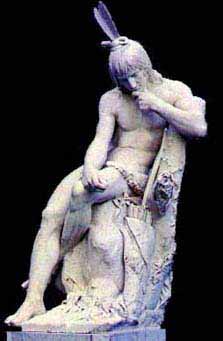
The Song of Hiawatha
Hiawatha reportedly became a leader of two Native American Nations - the Onondaga and the Mohawk. He lived in the 16th Century around the midpoint of the 1500s and is immortalized in the volumes of an epic poem written by Henry Wadsworth Longfellow. It is the Song of Hiawatha . Mr. Longfellow wrote his poem after reading the famous Schoolcraft research produced about Native Americans. Thus, it is a type of historical fiction if it is not 100% fact. Many historians actually feel that the poem is a departure from Mohawk and the larger Iroquois cultures.
The man Hiawatha was a devotee of the medicine man or holy man Deganawidah, who is said to have founded the Iroquois Confederacy or Haudenosaune .
In historical writings, Hiawatha is described as a politician that actualized the plans of the holy man. Ironically, the Mohawk Nation in Canada is also a political party, from the descriptions of them found in the news. Hiawatha was described as a charismatic speaker that influenced all of the Cayuga, Mohawk, Oneida, Onondaga, and Seneca Nations to join together as the original Five Nations. Two hundred years later, the Tuscarora Nation joined them. The Iroquois Confederacy was the first democratic government in what would become America.
Joseph Brant
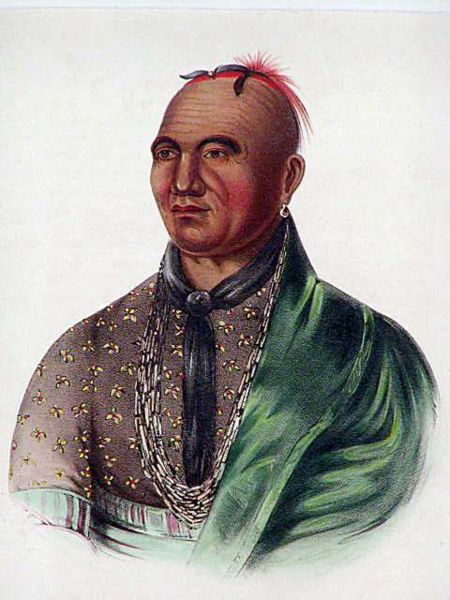
Thayendanegea
Joseph Brant, or Thayendanegea (two sticks tied together for a strong bet) in his native language, was not only a Mohawk War Chief, but also a British army officer during the French and Indian War and the American Revolution. This means that one part of my family tree fought the other during these wars. Brant was even a medal recipient.
Joseph was born in what became Ohio, on the Cuyahoga River at Akron. His mother was a chief's daughter who, later widowed, married a local New York chief whose family was friendly with the British. In fact, Joseph later owned a farm and a store and married two white women in succession (half sisters).
After the wars, Joseph accepted lands in Quebec as a Mohawk reserve and dealt with the Canadian, British, and American governments to regain the large former Mohawk land holdings and was only partially successful. He pursued this work to his deathbed. Some of his descendants fought for the USA in World War I and the Korean Conflict.
Tonto / Jay Silverheels
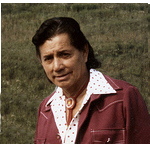
Tonto, the Good Friend
Jay Silverheels played the Native American friend of The Lone Ranger. Although I have never personally seen a photo of him in the war-waging hairstyle, Mr. Silverheels was a Mohawk that was named Harold J. Smith as he was on on the Six Nations Reserve in Ontario.
"Silverheels" came later, derived from his high stepping manner of running.
Originally a professional lacrosse player in California, he was approached by persons in the film industry and by 1949, he was Tonto. In 1960, he started the Indian Actor's Workshop to train and advocate for Native Americans in the film industry.
Robbie Robertson
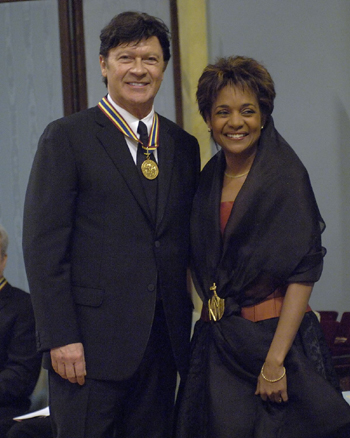
The Band
Robbie Robertson is half Mohawk on his mother's side of the family tree. Learning music and especially guitar on the Six Nation Reserve when he visited each summer, Robbie became a leading member of several small musical groups around Toronto.
Robbie's final musical group chose the name The Band and performed with Bob Dylan. he was chief songwriter and lead of the group until 1978. he broke off to a solo career and became an actor as well. Later, he joined DreamWorks Records and continued to work with individual musical artists.
I have never seen him in the war hairstyle, either.
Mohawk Chief Flying Don Eagle
- The Golden Age of Wrestling - Flying Don Eagle
My favorite wrestler? Born in Canada, he lived in my home town.


